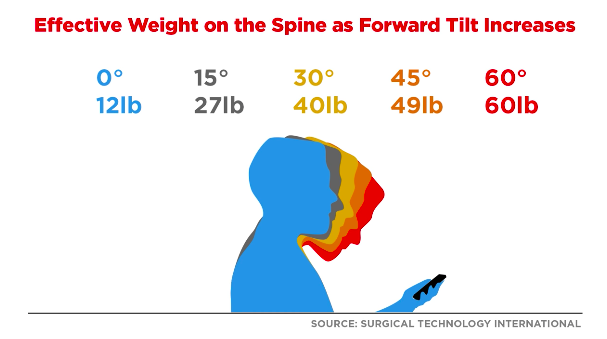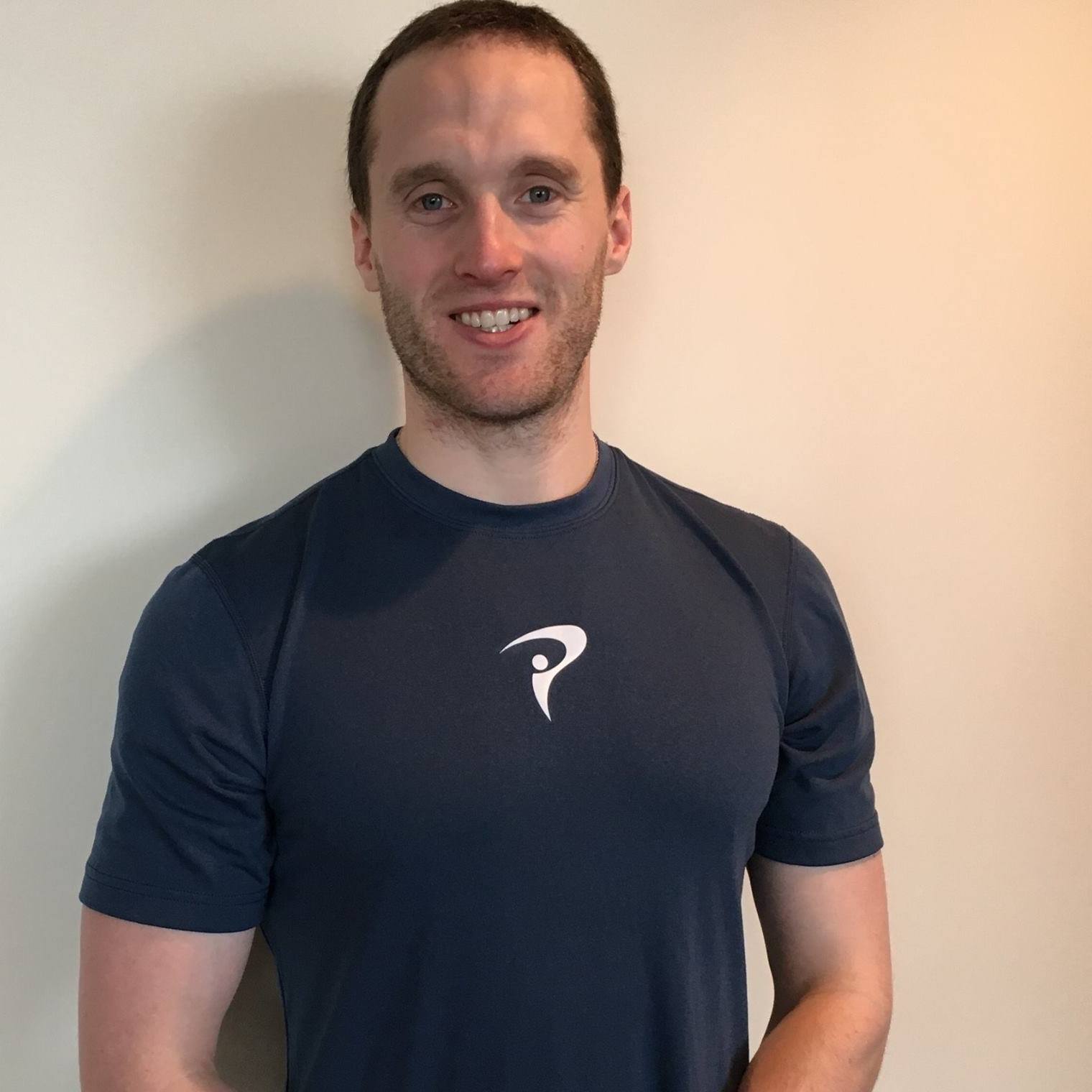IMPROVE MY GAME
Articles
When Working To Improve Rotational Capabilities, Don't Overlook The Neck
With the rise of social media, it’s no longer a challenge for golfers to access mobility drills for various parts of their body, with the most common being the hips and thoracic spine. While improving your mobility in these two areas is vital for most golfers, the cervical spine (aka neck) is one of the more neglected body parts in terms of mobility training but is equally important.
According to TPI data, an average PGA TOUR player demonstrates about 73 degrees of left sided rotation, 64 degrees of right sided rotation (with some turning as much as 80 degrees in each direction), flexion of 47 degrees, and side bending of 25 degrees both to the left and right. Moreover, the golf swing requires a lot cervical spine motion and if you don’t have this type of mobility then your game will suffer from swing inefficiencies. Here's a quick TPI screen to evaluate your neck mobility.
Since we live in the digital age, physical therapists (PTs) are noticing that majority of people’s spines are consistently flexed forward. Whether you’re slumped over a computer, hunched to email or text, or standing/sitting with poor posture during your commute to/from work, the flexed position places our head in a suboptimal position, otherwise described as upper crossed syndrome. In this syndrome, the muscles around the shoulder blades and deep in the neck can become weak and the pecs and upper traps become tight. Having an upper crossed syndrome puts you in a mechanical disadvantage for motion, and eventually could cause you to develop injuries both during golf and in daily living.

Before diving too deep into how your neck can affect your golf game, here is snapshot of the anatomy of the cervical spine. The cervical spine consists of 7 vertebrae that begin at the base of your skull and extend down to your first rib. Starting with the one just below your skull they are sequentially ordered from 1-7. On each side, we have a joint which is called a facet, giving us a total of 14 different joints in the neck! Between each vertebra is a disc, which gives the neck its forward arching structure. The disc makes up about 25% of the height in the neck and is meant to buffer compression on the spine as well as withstand tension. The disc also functions to give adequate space between each vertebra, that way a nerve can come out of the spinal cord and go to your upper body. In total, there are 8 nerve roots on each side that come out of your neck to send messages to/from the brain via the spinal cord. With so many structures in such a small area, there is no wonder why this area is important to both everyday life and the golf swing.
As we age, we may develop various conditions due to poor posture or neck injuries. Common injuries or conditions include: arthritis, degenerative disk disease, muscle strain/ligament sprain, and herniated disc. While it’s recommend that you speak live with a healthcare professional about your diagnosis, there are some exercises that may help. Please consult with your physician prior to completing these exercises.
An injured cervical spine could really wreak havoc on your swing and your ability to play well. If you lack full cervical motion, or at least values similar to that of tour professional averages, you may experience loss of posture, early extension, or even the dreaded reverse spine angle. If you have any of these swing characteristics or would like to see if you have sufficient cervical mobility, refer to the video. If you fail to touch your chin to your collar bone, you should consider working on your cervical mobility.
RELATED: Dr. Mitchell Supler is presenting on "Cervical Spinal Injuries and the Role of Cervical Disc Replacement" at the World Golf Fitness Summit
If you are looking for improved cervical motion and function, here are 3 simple exercises that you can perform daily to aid with this.
Chin Tuck:
First, sit up nice and tall and fixate your eyes on an object at eye level. From here, slowly bring your head straight back, maintaining your eye level. Go back as far as you can or to the point just before pain. Complete 3 sets of at least 10 reps.
Self-Mobilization with Movement:
Begin by sitting up tall with a hand towel draped around your neck. Cross arms so that your right arm is holding the side of the towel on your left side and vice versa. Hold your left hand against your chest and bring your right hand to nose level ensuring the edge of the towel against the level of the spine where you have either pain or tightness. Actively turn your head to the right while maintaining your right hand at your nose level. Once you get to the point of resistance, give pressure on your right hand with the towel. Switch hand positions and perform this turning left. Complete 3 reps the very first time you do this, and then 3 sets of 10 reps subsequently.
Deep Neck Flexor Isometric Hold:
Begin on your back with your head supported by the surface you are laying on. Slowly perform a chin tuck, and while holding the chin tuck, lift your head slightly off the table. Your head should not be supported by the table now, and you should hold this position for as long as possible with the goal of being longer than 30 seconds!
These exercises will help strengthen and improve your range of motion; however, if you don’t fix the underlying posture issue, chances are you will never fully get better. If you don’t maintain good posture, you will continue to poorly position your neck, which places you at a higher risk of developing an injury in golf or life. Another thing you can do is change your sleeping habits. Although large pillows may be comfortable, they will push your head forward, which may exacerbate a forward head posture. I recommend using a pillow that will cradle the neck but let your head lie close to your bed. One final consideration is your work station. If you sit behind a computer all day, you may want to consider positioning your workstation so that you maintain proper posture as follows: top of the monitor at about 2 inches above eye level when sitting up tall with your hips against the back of the chair, feet flat on the floor, knees at or just below the level of the hips, and elbows supported by arm rests so the shoulders are in a relaxed state.
The neck remains vital to the golf swing as the inability to rotate it fully could cause specific swing issues. When addressing a neck injury or trying to prevent one, exercise is good, but also consider altering things in your daily life to put your neck in a better position throughout the course of the day. Small adjustments in your day to day life can make huge changes in your golf game and also help prevent or even get rid of injury!

Kevin Dishon, DPT, CSCS is a board certified physical therapist who practices out of Jersey City, New Jersey and Manhattan. He graduated from the University of Scranton and is TPI level 2 medical and level 3 fitness certified. Since completing these certifications, Kevin has devoted his practice to helping golfers play the game they love without pain. Through his practice, The Golf DPT, he works with clients seeking golf rehabilitation and performance training. To contact Kevin, please feel free to email him at kevin@thegolfdpt.com, or find him on Facebook and Instagram @thegolfdpt.